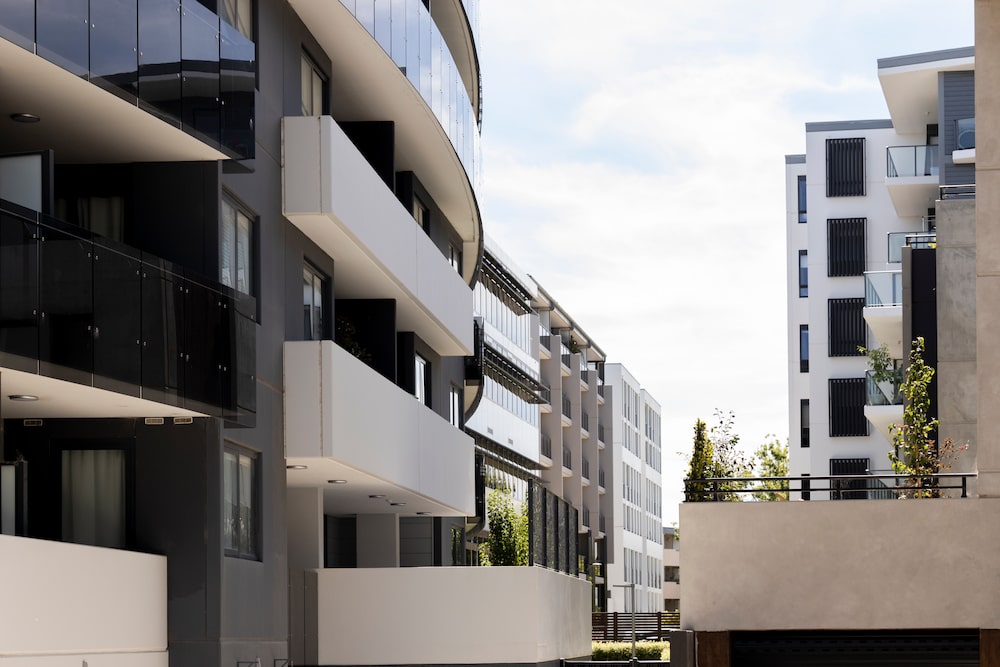At least 100,000 new ACT residents will need to be housed during the next decade. Allowing the development of ‘missing middle housing’ in the draft Territory Plan will ease the substantial rental load, according to the Missing Middle Canberra coalition.
The community organisation has released an open letter to the ACT Government, calling for an increase in medium density housing to assist in relieving Canberra’s growing housing crisis.
According the Missing Middle Canberra, Canberra rents have increased by 17 per cent over the past five years due to low vacancy rates and the persistent housing shortage.
The rise in rental costs has forced Canberra’s social housing waitlist to grow, along with number of lower-income Canberrans in housing stress.
A collaboration between a multitude of Canberra organisations, Missing Middle Canberra proposes reforms to the draft Territory Plan to rezone RZ1 areas to an RZ2 standard.
Additionally, they’ve called for more homes to be built near local shopping centres, and a reduction in mandatory parking requirements to one space per unit.
An increase in well-located homes in inner suburbs will subsequently assist in the ACT’s climate and sustainability goals by decreasing commute times and increasing the use of public and active transport, said the group.
The array of organisations forming Missing Middle Canberra express a multitude of reasons for joining the cause, but all agree increasing missing middle housing is the solution.
Collectively, they’re calling for the following policies to be adopted in the new Territory Plan:
- Legalise more private, public, and community-owned duplexes, terrace houses, and townhouses by upzoning current RZ1 areas to the RZ2 standard, and allow this low-impact housing to be subject to similar streamlined development approval requirements as existing detached homes.
- Rejuvenate local centres and allow for more terrace housing and low-rise apartment buildings, by upzoning current RZ2 areas to the RZ3 standard.
- Reform the CZ4 local centre zone to more easily allow for apartments above local shops, increasing the height limit to at least three storeys, while reserving ground floor space for commercial use.
- Enable more sustainable housing designs and reduced housing costs for the increasing number of Canberra families who don’t own a car, or own only one car, by reducing mandatory parking requirements to one car space per home, across all residential zones.
Greater Canberra
Convenor of Greater Canberra, Howard Maclean, said around 80 per cent of Canberra land is RZ1 and the ACT Government must consider allowing dual occupancy to house the growing population.
Mr Maclean said instead of building one large house on a 1200sqm block, two to three townhouses could fit instead; based on Canberra’s current RZ1 areas, around 80,000 to 90,000 new homes could be built.
He said although that number of homes would not immediately appear, it would allow for organic and gentle urban infill which would alleviate the need for further greenfield expansion.
Mr Maclean told CW he recently attended community meetings in the Inner South and Yarralumla, where residents are calling out for townhouses in their suburbs.
While he conceded there are some Canberra residents who are suspicious of urban infill in their suburbs due to some of the downsides, including construction noise, he noticed overwhelming support for the suggested policy.
“It’s a key reform to deliver increased density, which makes a suburb and community stronger,” Mr Maclean said.
YWCA Canberra
YWCA Canberra CEO Frances Crimmins said Canberra’s “business-as-usual” housing approach must be reformed.
“Increasing the supply of missing middle housing in convenient and central locations must be on the table for planning reform if we are to address the increasing levels of housing crisis and homelessness among a growing cohort of Canberrans,” Ms Crimmins said.
Pedal Power ACT
Executive director of Pedal Power ACT Simon Copland said due to the spread of Canberra, many people who wish to ride their bike or walk to work or the shops, cannot.
“… meaning Canberrans are stuck relying on cars,” Mr Copland said.
“Increasing density will give more people the option to experience the health and environmental benefit of riding and other forms of active travel.”
The Missing Middle Canberra open letter will remain open for individuals or organisations to sign until 2 March, when it will be submitted to the consultation on the new Territory Plan. To read the full letter or sign on, visit Missing Middle Canberra.
Get all the latest Canberra news, sport, entertainment, lifestyle, competitions and more delivered straight to your inbox with the Canberra Daily Daily Newsletter. Sign up here.



